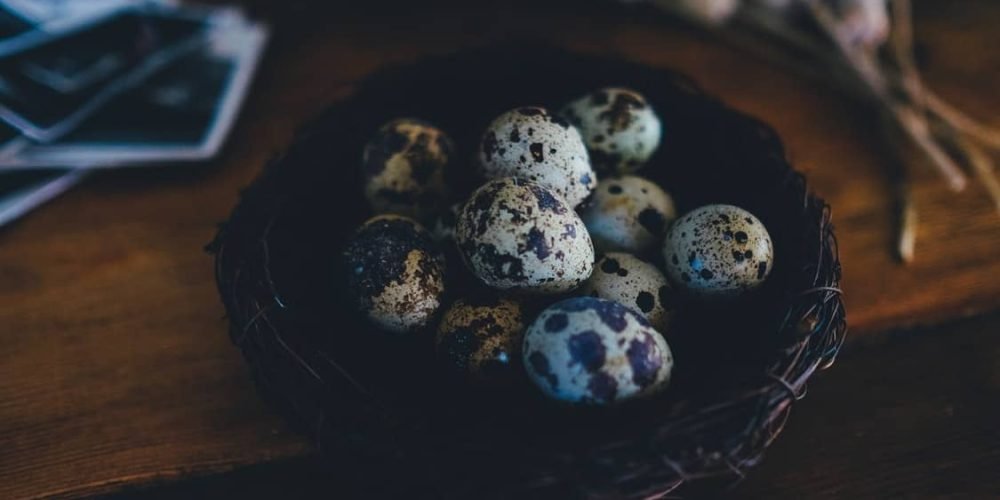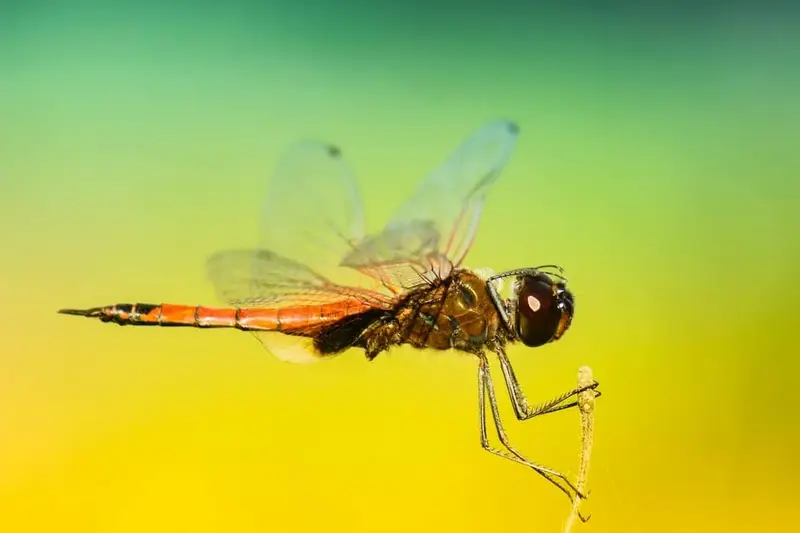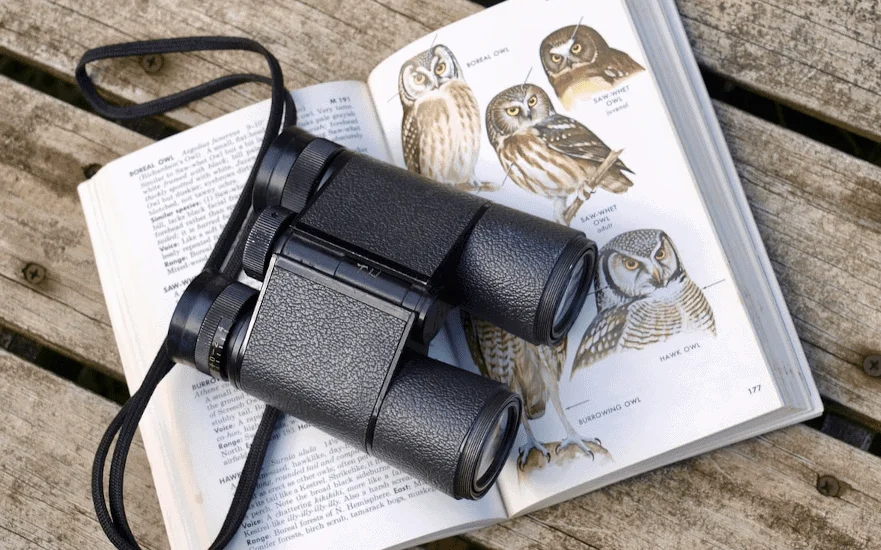
Attracting quails to your yard might be easier than you first anticipate. These naturally shy and elusive bird travel in small flocks called ‘coveys’ that spend most of their lives in quite a small area. If you’re lucky enough to have a convey of quail living within proximity to your yard you should be in with a good chance to attract them. Follow this article for our best tips on attracting quail to your yard.
How to attract Quail to your yard?
1. Food
Providing the tastiest food and best type of feeder is key to attracting Quail. Quails have a laid-back nature and prefer to walk along the ground.
You should use ground-feeders to give yourself the best chance of attracting quails. Low-height feeders that can accommodate multiple quails at a time are optimal as the quails feel safer while feeding with friends. Placing the feeders beside shelter and foliage is also a great tip.
Quails love the taste of millet and cracked corn however a big issue with quail survival rates is that they can eat their own eggs if their diet does not provide enough protein. Providing feed that consists of 25% or more protein or providing protein-rich mealworms can help to solve this problem.
2. Water
Running ground water at ground level is a great way to attract quails to your yard. They will be able to hear and see a source of water that they can both drink and bathe. Rarely will quails bathe in elevated bird baths as they feel exposed therefore sheltered, reclusive, low elevation bird baths are advised. Ensure that the water feature has running water as quails will often located water by its sound rather than its sight.
A great way of producing running water in your bird bath for a cheap price is by using solar powered fountain pumps such as this one. Using energy from the sun, this pump will create running water in any bird bath.
3. Shelter
As previously mentioned, quails feel safer close to shelter. Dense shrubs, ever-green plants and opens spaces underneath your porch can be some great ways to help give quails some shelter. In addition, quail nest on the ground in sheltered and concealed areas. Leaving leaf’s and other shrubbery lying on the floor of your yard can provide great camouflage for their eggs and will encourage the quals to choose your yard as a nesting spot.
4. Dust Baths
Quail prefer to bath in dust baths than water baths. Dust baths can be created with a mix of dry sand into a space filled with dirt. Place this dirt bath in a shelter area that will not flood when it rains. Dust baths are crucial for quails as they protect their feathers and remove parasites.
Useful Quail Facts!
- Length of Incubation: 23-25 days (species dependant)
- First Hatch: End of June
- Average Clutch Size: 7-28 (species dependant)
- Rate of Chick Survival: 40-50%
- Broods Per Year: 1-2
- Forage: Twice a day – Early morning and late afternoon
Why do Quail Eggs have spots?
Quail eggs have spots to provide camouflage from predators. The eggs contain two pigments: blue-green biliverdin and red-brown protoporphyrin that provide the egg with their blotches. By breaking up the colour of the egg, the blotches allow the eggs to blend in to their surroundings and allow them to be more elusive to their nesting predators: racoons, opossum, snakes and skunks.
Interestingly, Quail mothers are aware of the number of splotches on their eggs and will place the eggs in terrain that best camouflages the eggs. An experiment was conducted on Japanese Quail that had 4 types of sand – Yellow, Red, White and Black. More than 50% of the time the quail mother would choose the best camouflaged coloured sand based on the egg that was laid. Proactively adapting their nesting location is a rare trait in the animal kingdom.
Do Quail eat their own eggs?
Quail, chickens and many other birds eat their own eggs due to a lack of protein in their diet. A high protein feed can help this problem – higher than 25% protein feed is perfect. In times when quails are malting, they need even more protein than usual. During these times providing them with protein filled mealworms.
How to stop quail from pecking each other?
Fighting among quails is common, especially when new quails are added to an existing flock. Quails have a hierarchy and those at the bottom of the pecking order (pardon the pun) will be targeted. Introducing new quails a few at the time can be less disruptive and allow for smoother integration.
If you have too many roosters for the number of hens this can create problems. Avoid going having a ratio of less than 1:3 for the number of roosters to hens. Over crowding can also be a reason why many quails fight.
Can quails fly?
Quails can certainly fly. Naturally their laid-back nature mean that they prefer to walk on the ground, however if they feel threatened, they can explode in to the air and reach speeds of 40 mph. Their flight times are limited however, they can’t stay airborne for long durations.
How long do Quails live for?
The average life-span of a quail is 2-3 years however they rarely die of old age. In the wild, many quails will not live past 1 years. They maintain their population by producing large-broods.
Thinking of keeping Quail?

More Articles.

How to attract dragonflies to your yard?
Dragonflies are somewhat startling in appearance with their long bodies, wide wings, and rather large

Best Binoculars for Bird Watching 2020
Article Summary: Best Budget Binoculars: Nikon 8250 Aculon 16×50 Best Mid-tier Binoculars: Nikon Monarch 5

Best Camera For Bird Watching 2020
Article Summary: Best Budget Camera: Nikon D500 DX-Format Digital SLR Best Mid-tier Camera: Canon EOS

About Us
We are avid bird-watchers who recently retired, allowing us more time to travel the world. Fortunately, we have managed to visit numerous countries around Europe, Asia, and America. Watching and photographing birds has been a passion for many years and we are making the most of the extra time on our hands!




